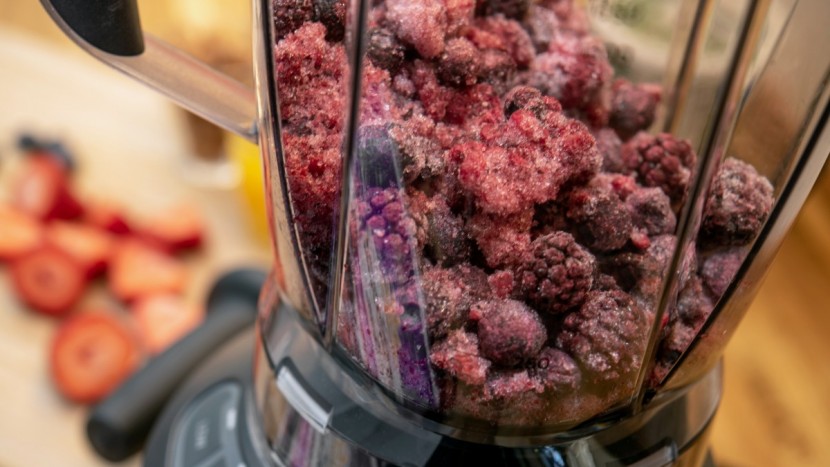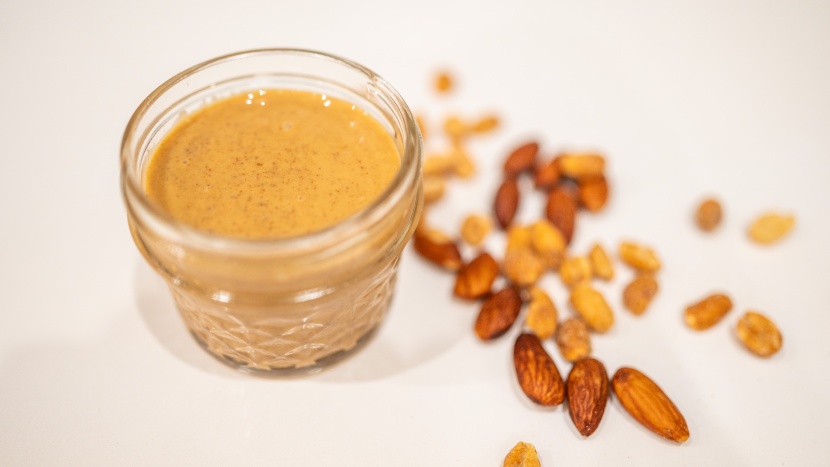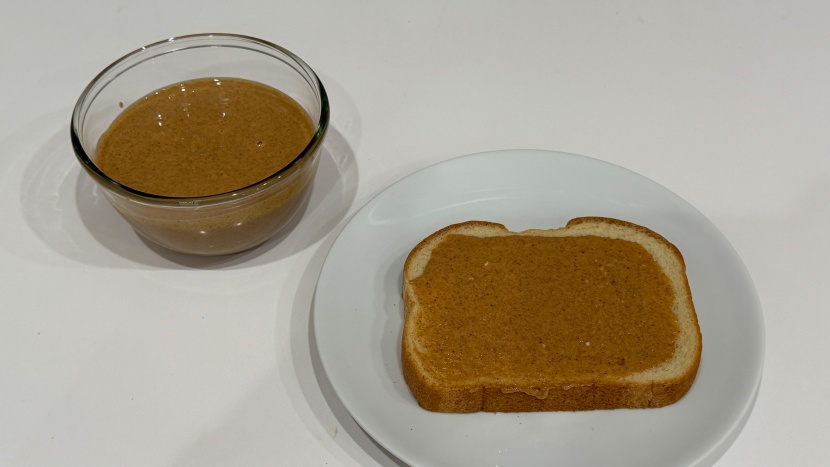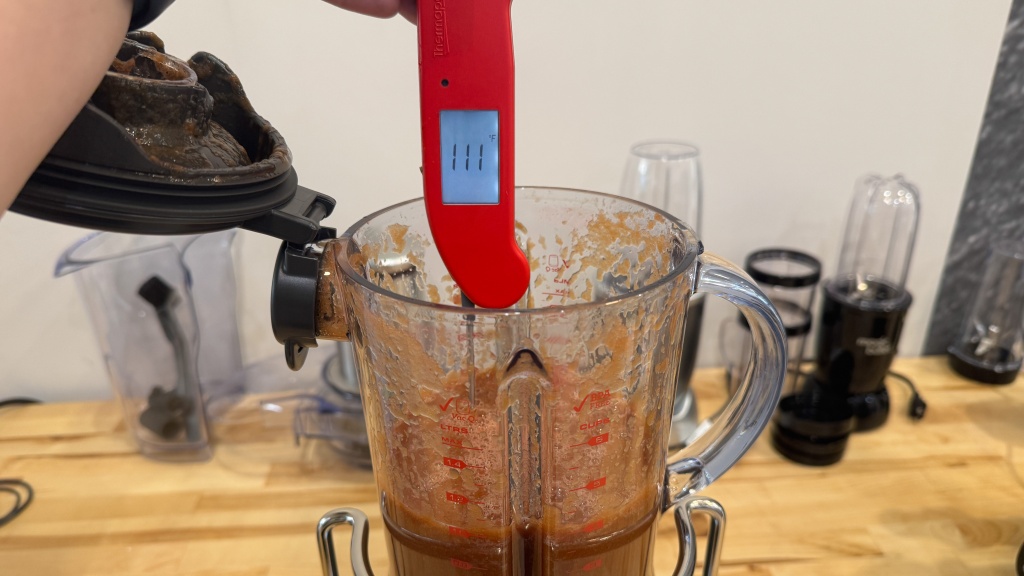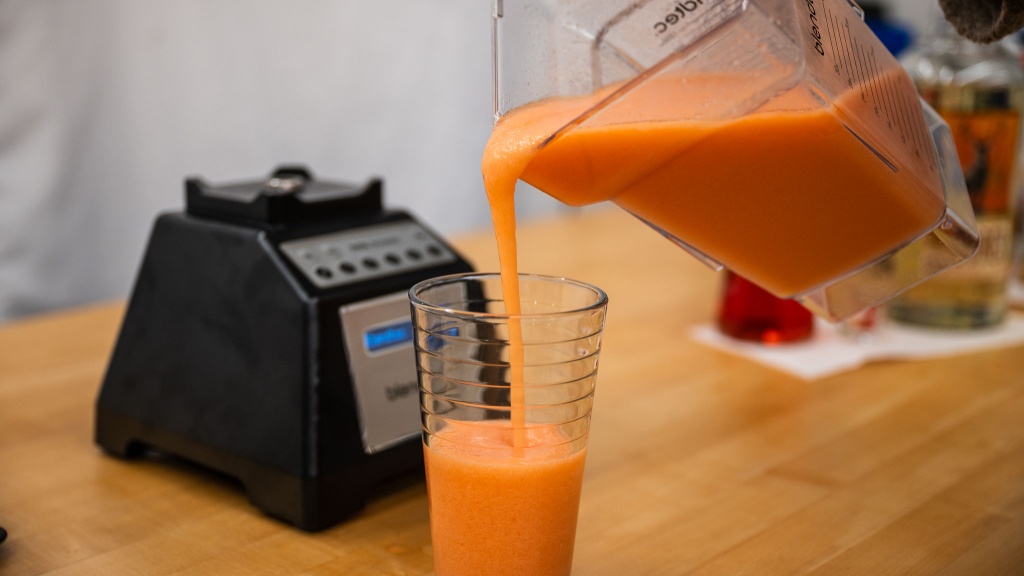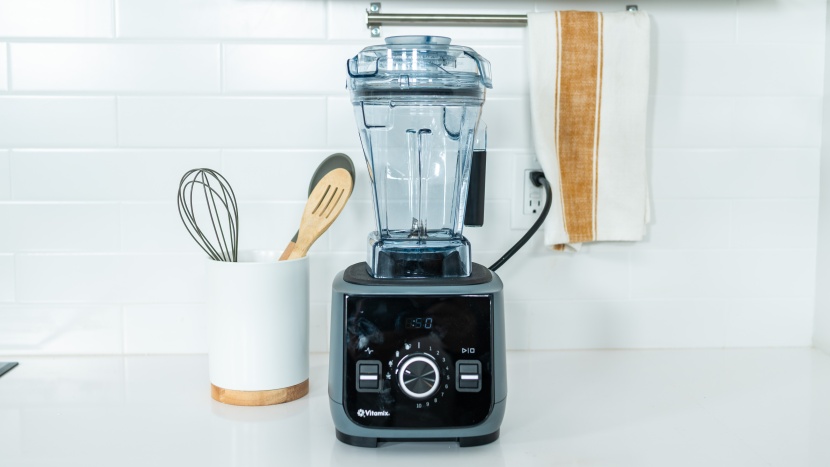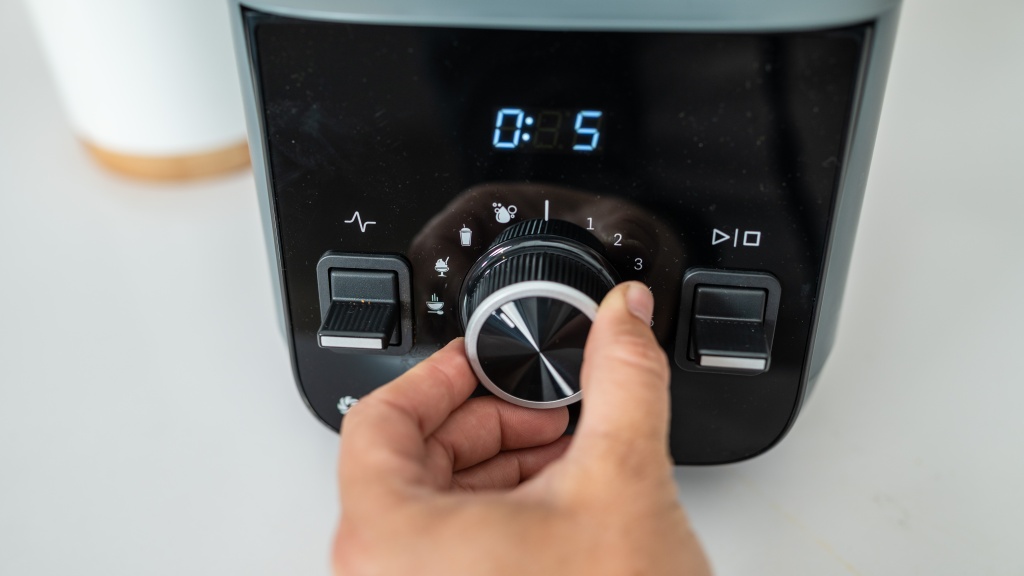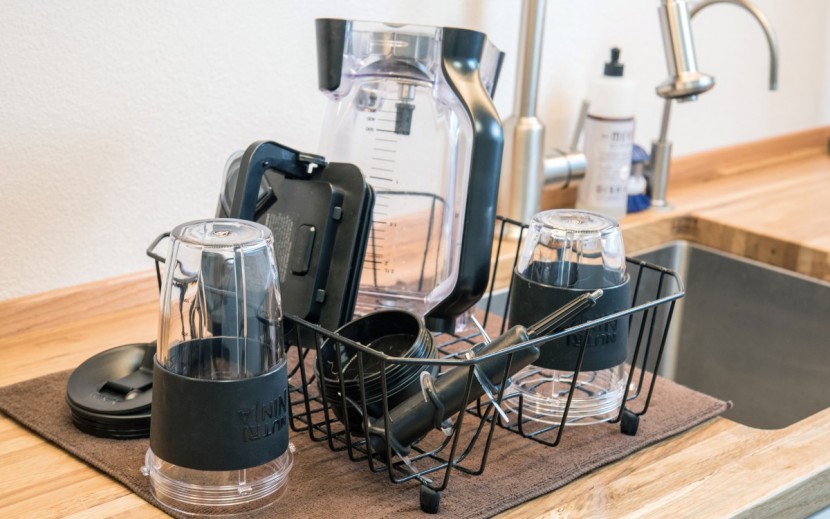We purchased the top blenders on the market and put them through a battery of side-by-side tests to find the very best. Every test is intended to challenge the capabilities of these appliances. We design our tests to be mutually exclusive and comprehensively exhaustive to best cover all of the important aspects one might consider before purchasing a product. We then objectively compare their performance relative to one another to determine final scores and assign awards. The following article describes our testing process — what tests we performed, what we looked for, and how we scored each metric.
Smoothies
The first thing we culturally associate with a blender is a smoothie. As a result, this series of tests carries the highest weight of any metric, comprising 35% of each product's final score. We blended a couple of popular types of smoothies: a simple frozen berry-based recipe and a green smoothie with fresh kale and spinach.
We followed the manufacturer-recommended instructions for each machine. If a blender included a specific smoothie preset, we opted for that setting. We either noted the length of the preset cycle or timed how long it took to blend each recipe appropriately. We also noted whether or not we needed to shake up the blending jug or use a tamper to help the process along.
For the sake of consistency, we tasted every smoothie immediately after making it. We judged each blend for consistency, texture, and flavor profile and noted if there was anything particularly outstanding or off-putting about each one.
In the berry smoothie, we noted whether or not a blender was able to pulverize small seeds like those from strawberries. In the green smoothies, we mainly looked to see how well each blender broke up fibrous leafy greens like kale and spinach.
Pureeing
Even though pureeing is an essential capability of any blender, the reality is that most blenders are used to make mixed drinks, not sauces, soups, or nut butters. As a result, this metric only accounts for 20% of the overall score. The scores for this metric come from two very different tests: processing nut butter and pureeing a batch of homemade tomato soup.
For the nut butter test, we run each blender for up to eight minutes or until an ideal mix is achieved, whichever comes first. We've deemed it reasonable to provide some assistance to overcome the inertia of the dry ingredients, but the more assistance necessary throughout the process, the lower the score. The score is ultimately based on the quality of the nut butter produced, with a minor emphasis on how much effort it took to achieve that product. We consider whether the nut butter can easily pour from the blender jug, how spreadable it is, the texture, and the flavor profile.
While the nut butter test challenges the motor's power, pureeing soup evaluates its endurance. We chose a simple, from-scratch creamy tomato soup recipe that uses whole ingredients. If a soup preset is available, we opt for that. Otherwise, we follow the manufacturer's recommendations for the speed setting and suggested time. If neither is provided, we'll ramp each blender up to its highest speed setting and run it for up to six minutes. We pour the pitcher through a sieve and consider the consistency of the blended soup, the quality of the texture, and the evenness of the seasoning. Additionally, we use an infrared thermometer to monitor temperature throughout the puree process and multiple stick thermometers to measure the final temperature.
Frozen Drinks
Ice crushing for frozen drinks accounts for 20% of the overall score. This test is as simple as it sounds: we evaluate each blender's ability to crush ice evenly while making frozen cocktails and mocktails.
This is a critical skill for making any frozen blended beverage, but we decided to make a tester favorite: a blended margarita. When sampling the resulting drinks, we considered the consistency of the mix, how smoothly the crushed ice is blended into the liquid, if there is any separation, and the quality of the texture. The highest-scoring blended beverages are velvety smooth, with a creamy texture and no hint of crunchy iciness.
Controls
When it comes to choosing a blender, intuitive controls can make all the difference between a product you love using and one that collects dust, which is why Controls accounts for 15% of the overall score. We examine the design of these blenders through the lens of user-friendliness. A well-designed control panel should feel approachable from the moment you take the blender out of the box—no confusing icons, cryptic buttons, or overly complex sequences.
During testing, we looked at how clearly the controls were labeled, whether preset programs made logical sense, and whether added features like digital timers enhanced the overall experience without adding unnecessary complexity. Presets like “Smoothie” or “Soup” are especially helpful because they eliminate guesswork—just add your ingredients and press a button.
A simple, straightforward design not only shortens the learning curve but also improves long-term usability. If you have to keep referencing the manual or feel unsure every time you use the appliance, that's no fun.
Ease of Cleaning
Blending can be a messy business, and a blender that isn't easy to clean is annoying or, even worse, unsanitary. That's why Ease of Cleaning accounts for 10% of our overall score. Ease of cleaning is often overlooked during the blender-buying process, but quickly becomes a top concern once the mess sets in.
We note whether or not the blender parts can be disassembled, if they are dishwasher safe, and whether or not the blender features an auto-clean function. Some models have a full suite of dishwasher-safe components, while others only have a few or none at all. That's a huge factor regarding convenience. Likewise, not all blenders come equipped with an auto-clean functionality, but those that do, and those with other presets that can be used like an “auto-clean” mode, make it that much more convenient to keep the blender clean.
We also consider how easy it is to handwash the pitcher and lid. Some sharp blades are not removable and can be difficult, and dangerous, to scrub under. Others have removable or elevated blades that are easier to wash by hand. Pitcher and lids sometimes have sharp corners and odd nooks that are a pain to clean, while others are round, smooth, and simple to wipe clean. All of these factors affect how long you'll spend cleaning your blender.

